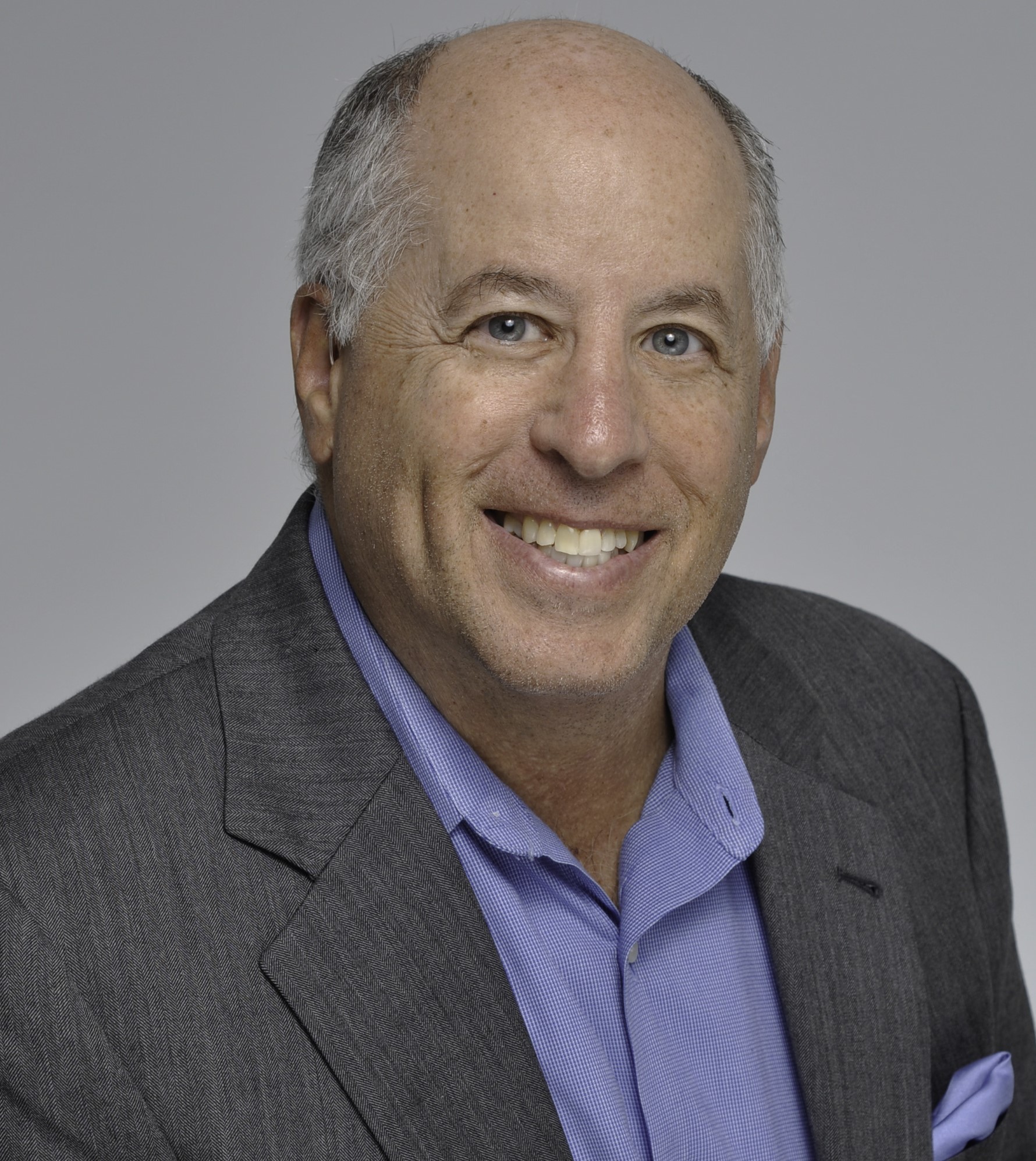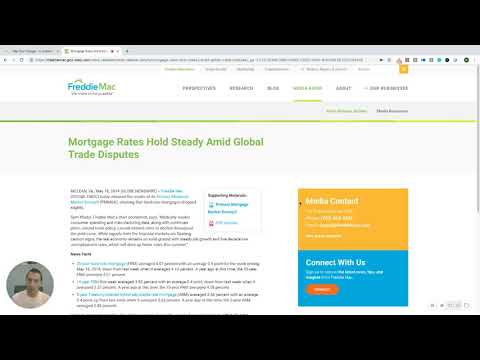OTHER NEWS
The Learning Center
Our Learning Center ensures that every reader has a resource that helps them establish and maintain a competitive advantage, or leadership position. For instance, loan originators and brokers will have one-click access to resources that will help them increase their productivity. Search topics by category and keyword and generate free videos, webinars, white papers and other resources. If you would like to add your content to the learning center, please click here or email Tim Murphy at [email protected].
Ask the Expert - Dave Hershman Discusses Yield Spread Premiums
- Friday, 24 May 2019
- Originating

I have a question regarding rebates. Why do some lenders have such low maximum above-par pricing on certain products, especially ARMs? This sometimes precludes me from offering reduced and no-closing cost loans. I was told it has to do with the investors on the secondary market. Why would the investors care? Thank you, James, Sacramento, CA
There are several reasons that lenders have maximum yield spread premiums on certain products—
- First, they may be afraid of brokers charging too much and moving in non-QM lending territory. Therefore, they may limit either rebates and/or total compensation charged by the broker.
- Second--if they can't sell the loan too far "over par" this will limit the rebate. Why would this be the case? Using hypothetical even numbers, if you had a three-one adjustable and par is 4.0% and 30-year fixed-rate par is at 5.0%, when you buy the adjustable up to 5.0%, this will likely be a short-term loan because the customer is more likely to refinance quickly if rates go down. Why would someone stay in a 5.0% three-one ARM when fixed rates are 5.0%?
- Third--accounting regulations will limit rebates when loans are originated for a portfolio rather than for sale. It is more likely that ARMs are originated for a portfolio rather than fixed rates because these loans limit the bank's future risk. If they pay you "two" and then sell the loan on the secondary market--they get that "two" right back. If they are holding it in the portfolio, the expense of paying you is up front--but they don't get that income right away. So, the loan is originated at a loss that is recovered over time through a higher rate. I am not an expert in this, but I have served on the board of a bank and have gone through the process with accounting firms. You never want to become an expert in FASB accounting standards unless you are a CPA or an auditor.
Keep in mind that secondary trends change over time. For generations, jumbo pricing was more expensive than conforming pricing. This was because the secondary markets for conforming, led by Fannie and Freddie, were more efficient. But when the secondary markets collapsed during the financial crisis, jumbo spreads went up initially. Big banks were forced to hold onto jumbo loans, and they started pricing these loans differently. Getting hungry for products, some banks offered pricing even lower than conforming. This has gone on for some time.
Likewise, the efficiency of on-line lenders such as Quicken have enabled more borrowers to refinance more quickly during the past several years. This has compressed the premiums offered above par recently – even on fixed rate loans. Will these premiums come back as rates go up and refinances diminish? Only time will tell.
Hope this helps.
Dave
Read more...
How to Cut Through the Clutter with Prospecting Efforts
- Monday, 20 May 2019
- Originating

By Pat Sherlock
Prospecting is more difficult than ever because of all the filtering devices that exist. Yet salespeople still must prospect for new customers if they want to be successful in the long run. Unfortunately, originators who use phone calls or emails to prospect are experiencing record low response rates. Can you blame people for not answering the phone or emails? Not really. Today's consumers are bombarded with a torrent of unsolicited calls and emails. Vendors have found ways to circumvent the "Do Not Call List" and spam filters which has exacerbated the situation. Some sales trainers advise originators to make cold calls. Others recommend integrating social media with outreach efforts. What is the right strategy?
[caption id="attachment_9789" align="alignright" width="300"] Pat Sherlock[/caption]
Pat Sherlock[/caption]
Determining the right strategy starts off by recognizing that the buyer's journey has fundamentally changed across the retail sales landscape. In the past, a mass market approach was used to create brand awareness to drive sales. The bigger the reach, the better. Television and radio filled the bill nicely by delivering large audiences to companies and their sales professionals. Mass marketing was worth its weight in gold because of its ability to reach so many prospects at once.
Today, marketing has changed because consumers want information that is personal and relevant to them. They want it when they want it. Consumers do not want to receive advertising that is forced on them. The rise of video on demand which allows a person to fast forward through commercials is a popular solution to the relentless onslaught of unwanted advertising. The old marketing strategy of throwing everything against the wall and hoping that something sticks has turned out to be too expensive and not as productive as before.
Consumers and referral sources value personalized and relevant information. The rise of CRM systems has helped address the issue of personalization, but the issue of relevance is still not handled effectively. CRM systems' ability to use a person's name in the salutation is a step in the right direction. But does that make the recipient want to read the email or direct mail piece? Not really. Personalization must be tied to relevant content to be effective. Scaling relevant material is a challenge that requires all producers to rethink their sales models. However, many sales professionals view conveying relevance as the responsibility of the company's marketing department. To stand out in the digital age, both companies and originators must take responsibility for marketing to prospects.
Similarly, when it comes to an originator's selling technique, many producers are still using a generic benefit selling approach which is another version of mass marketing. One example is the false assumption that every prospect values pricing above everything else.
We are in a world of "What's in It for Me!" Consumers are demanding to be treated individually and receive information that is relevant to them. Salespeople should reframe their marketing approach to implement a targeted effort to share valuable content with their tribe of customers and influencers. Whether in marketing or selling, treating everyone the same is repeating the mass marketing efforts of yesteryear.
Originators need to implement a personal marketing strategy that is not dependent solely on what their company is advertising. Sales professionals are responsible for establishing their personal value proposition that makes them unique in their respective territories.
To master the retail sales environment, companies and their sales staff must provide insight and expert opinions that are relevant to their prospects. Sometimes that might even mean referring the consumer to another company if that would be a better fit for the prospect.
These are difficult times in origination because consumers are tired of being led down the wrong path by a salesperson and a lender. On top of all this, good sales professionals must overcome all the misperceptions created by poor originators. The first step in making a good impression is to make every touchpoint relevant to the potential buyer.
Read more...
Calyx Software Launches New Branding and Enhanced Service Tool
- Tuesday, 21 May 2019
- Originating

Calyx Software® today revealed a new brand identity, website, and enhanced service options for customers. The company wide visual transformation was designed to embody its mission and unify behind one single brand: Calyx.
“These exciting updates more closely align with the characteristics our customers associate with the Calyx name: easy-to-use, accessible, reliable and customer-focused,” said Bob Dougherty, Executive Vice President of Business Development at Calyx. “Our new branding is designed to convey our historical success while simultaneously fully representing our key differentiators.”
 The new logo gives a nod to the Calyx name and symbolizes the company’s commitment to its customers’ growth. For nearly three decades, Calyx has been offering loan origination software for mortgage brokers through its flagship product, Point®. Calyx has served thousands of financial institutions and in recent years has enhanced its product suite to better serve the full spectrum of mortgage lenders with Path®, its cloud-based loan origination system, and Zip™, its point-of-sale solution. These products and others in development will adopt the parent company’s logo with their own name and designated color palette.
The new logo gives a nod to the Calyx name and symbolizes the company’s commitment to its customers’ growth. For nearly three decades, Calyx has been offering loan origination software for mortgage brokers through its flagship product, Point®. Calyx has served thousands of financial institutions and in recent years has enhanced its product suite to better serve the full spectrum of mortgage lenders with Path®, its cloud-based loan origination system, and Zip™, its point-of-sale solution. These products and others in development will adopt the parent company’s logo with their own name and designated color palette.
Beyond the visual changes, Calyx also introduced a new customer portal. “We are deeply committed to customer service and providing free training options for our customers,” said Dougherty. “Our new online tool is an on-demand centralized portal where our customers can access training tools, register for webinars, download product resources and more.”
Read more...
Bill Bodnar Of Mortgage Market Guide Discusses Interest Rates
- Sunday, 19 May 2019
- Originating

https://youtu.be/UbOB_ctnIVY
Read more...
